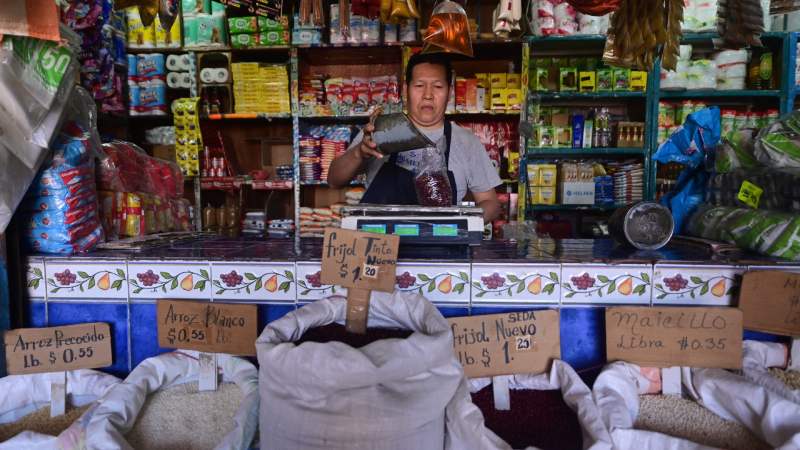These are the Central American countries that are on the list, according to the data of the financial agency. Who’s the last country on the board?’
The World Bank estimates that El Salvador will grow 3.2% this year, according to the latest global economic projection report.
According to these data, the country will be in the antepenultimate place on the list of Central America’s neighbors.
For example, the one that will grow the least is Panama with a forecast of 2.5%; Guatemala follows with 3%, then there is El Salvador; while in the first three places on the table is Costa Rica with a 3.9% growth, followed by Nicaragua with 3.7% and Honduras with 3.4%.
The World Bank’s forecast is within the range that the Salvadoran government has also estimated for this year. According to the Central Reserve Bank (BCR) last March, the expected economic growth for 2024 will be between 3% and 3.5%.
“We continue with an economic growth projection of around 3% and 3.5% by 2024, which is expected to execute private investment of $7.205 million and public investment of $791 million,” BCR President Douglas Rodriguez explained in March.
In January of this year, the World Bank indicated that El Salvador’s economy would have a 2.3 per cent growth in both 2024 and 2025, leaving it in the queue of the rest of Central American countries. At that time, it projected that Panama would be at the head of the region with a growth of 4.6% and 5.3% in 2024 and 2025, respectively. Then they followed Costa Rica, Guatemala, Nicaragua and Honduras.

However, the picture has changed in recent months, according to the forecasts of the financial agency. The reason I could explain the improvement you see for some countries and the decline for others would be in remittances.
“The growth of Central America, on the other hand, will weaken to 3.2 percent in 2024 and recover to 3.5 percent in 2025 due to a faster increase in remittances,” says the World Bank in its report.
In the case of El Salvador, remittances accumulate $2,637.43 million between January and April this year. The figures show an increase from the same period in 2023, when $2,580.27 million entered, according to BCR data.
But the World Bank adds another factor: “A stronger economic activity in the United States could have a positive impact on Central America and the Caribbean.”
In fact, the consumer price index (CPI) released Wednesday by the U.S. Department of Labor shows that 12-month inflation yielded more than expected in May, to 3.3% from 3.4% in April, implying relief after the rebound of the beginning of the year. And this would be driven by the decline in energy and gasoline prices.
These indicators are a good forecast, because millions of Salvadorans reside in the United States and send their remittances to El Salvador, thus keeping the economy afloat.
Growth in Latin America
The World Bank also reported that growth in Latin America and the Caribbean is expected to decline further to 1.8 per cent in 2024, and then rebound to 2.7 per cent in 2025, according to interest rates
They normalize and lower inflation.
SEE: El Salvador with the highest food inflation rate in Central America
“While some signs of economic consolidation were observed in the early 2024s, the recovery has been
unequal in the region,” the agency said.
The bank’s projections, commodity prices will support the region’s exports, although China’s tenuous growth could limit demand for major commodities.
“While the Latin American and Caribbean region will face economic difficulties in 2024, it is expected to show a gradual recovery in 2025, supported by falling inflation and a wealth of monetary policy,” he added.
In the report, the financial agency noted that the economic performance of the region will depend on a combination of domestic and international factors, and commodity prices and global demand
They will play a moderate role in this scenario.
This article has been translated after first appearing in El Salvador


